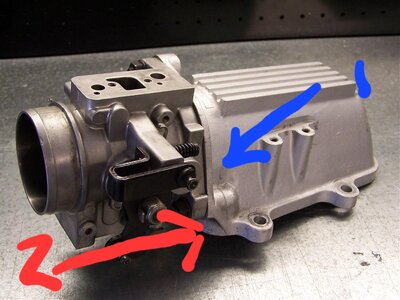Well after tons of calls I found out they killed off Turbonetics. They also dumped all resources they had to even look up these turbos.
I did find that it is a Turbonetics Cheeta 11342-BB, but that's all I could find, as it seems they used the same part number but had Stage 1 - Stage 4.
I did find that it is a Turbonetics Cheeta 11342-BB, but that's all I could find, as it seems they used the same part number but had Stage 1 - Stage 4.
